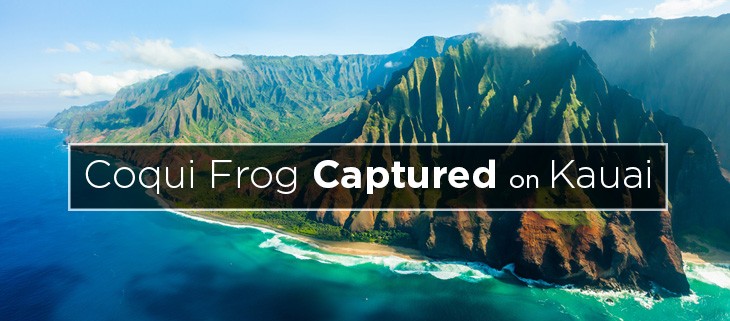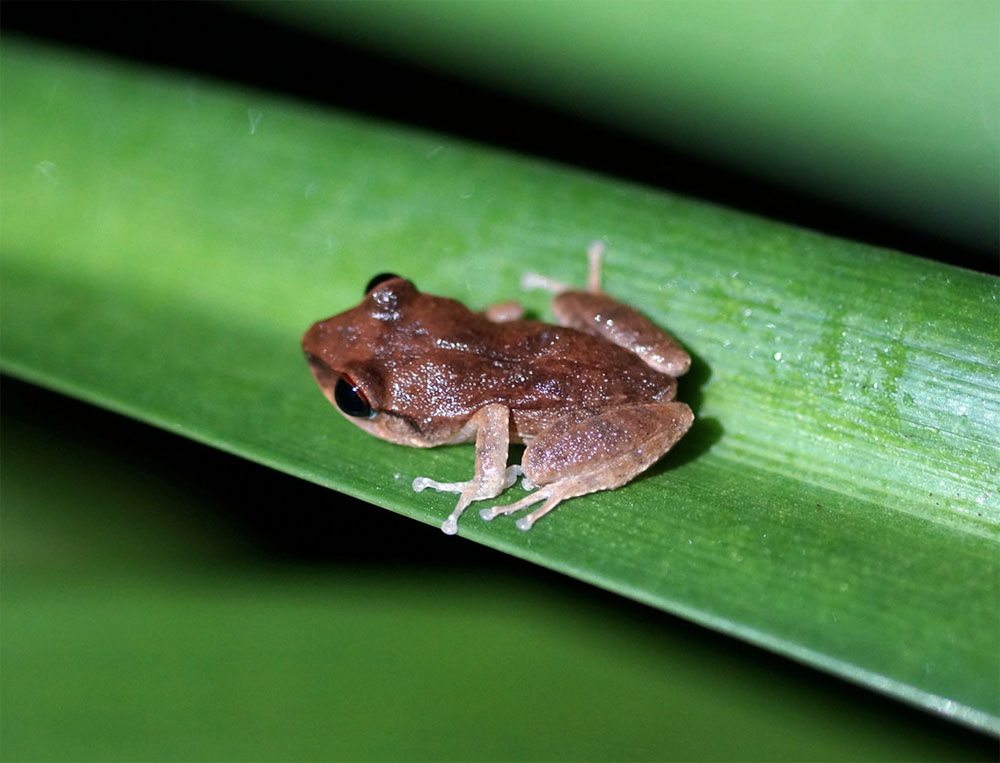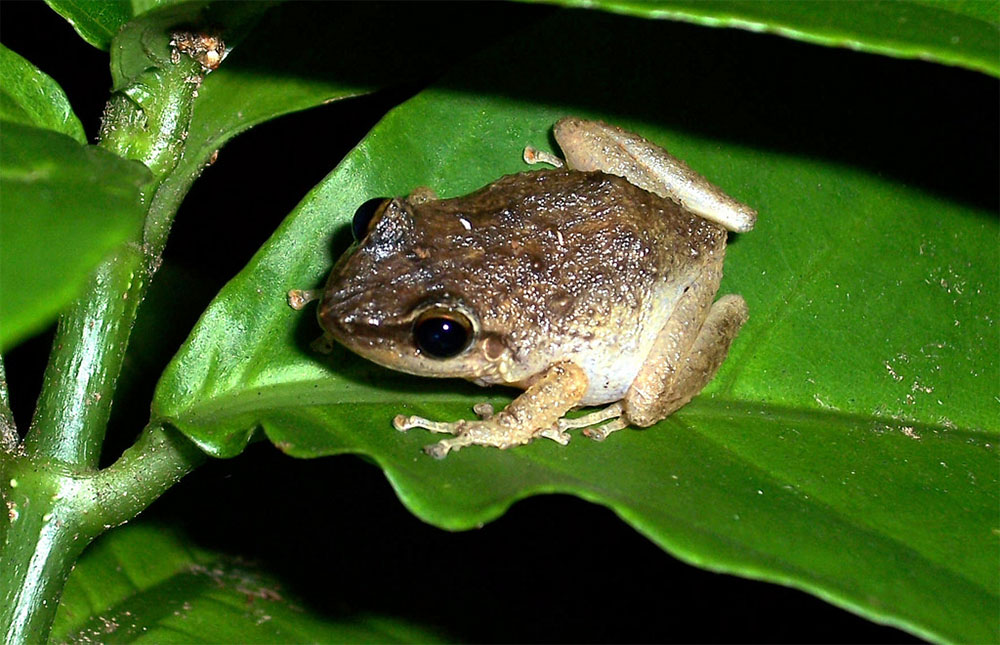December 4, 2024
The Ebiil Society: Champions of Palau
Ann Singeo, founder of our partner organization the Ebiil Society, shares her vision for a thriving Palau and a flourishing world of indigenous science!
We use cookies to help you navigate efficiently and perform certain functions. You will find detailed information about all cookies under each consent category below.
The cookies that are categorized as "Necessary" are stored on your browser as they are essential for enabling the basic functionalities of the site. ...
Necessary cookies are required to enable the basic features of this site, such as providing secure log-in or adjusting your consent preferences. These cookies do not store any personally identifiable data.
Functional cookies help perform certain functionalities like sharing the content of the website on social media platforms, collecting feedback, and other third-party features.
Analytical cookies are used to understand how visitors interact with the website. These cookies help provide information on metrics such as the number of visitors, bounce rate, traffic source, etc.
Performance cookies are used to understand and analyze the key performance indexes of the website which helps in delivering a better user experience for the visitors.
Advertisement cookies are used to provide visitors with customized advertisements based on the pages you visited previously and to analyze the effectiveness of the ad campaigns.
Our new online shop is live!

The island of Kauai dodged a small, croaking bullet last month. An invasive Coqui Frog managed to stow away on a car brought over from the Big Island. The State Department of Agriculture and the Kauai Invasive Species Committee removed the Coqui Frog from the area after locals reported hearing the loud chirping.

Invasive Coqui Frogs dominate the Big Island of Hawaii. These frogs are only the size of a quarter, but their impact should not be underestimated. In fifteen years the Big Island population of Coqui Frogs has grown into the tens of thousands. This is especially concerning since almost 90% of adult frogs don’t live longer than one year. The invasive population of Coqui frogs isn’t a issue of space, but rather a matter of sound. The Coqui Frogs produce an inescapable “wall of sound” as they chirp through the night. Local resident Pam Varma affirms:
Even if you’re driving with your windows up, you can still hear them.
In Puerto Rico where the Coqui Frog is native, locals enjoy the frogs’ chirping–but the case couldn’t be more different in Hawaii. The chirping persists from dusk to dawn, and has become especially annoying for Hawaii natives who were accustomed to the quiet nights before the introduction of the invasive species.
Communications director of the Big Island Invasive Species Committee Franny Brewer has noted that in addition to their increasing numbers, the Coqui Frogs have almost tripled in size from their original infestation 15 years ago. Brewer explains:
One theory is that they’re living longer than they did in their native environment and they don’t have much predation.
Coqui Frogs native to the island Puerto Rico are commonly 1-2 inches large, and have natural predators such as birds, snakes and giant crab spiders. Without existing natural predators present on Hawaii, the Coqui Frogs have exploited the space and will continue to uncontrollably increase.

Although the Big Island is still colonized by Coqui Frogs, the other Hawaiian Islands such as Kauai have implemented extensive invasive species removal programs to support the integrity of the ecosystems and natural beauty of native species.
Feature photo: Na Pali coastline, Kauai. Credit: Dhilung Kirat
Source: Honolulu Star Advertiser
Check out other journal entries we think you might be interested in.
Notifications